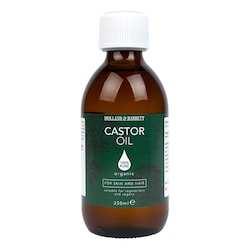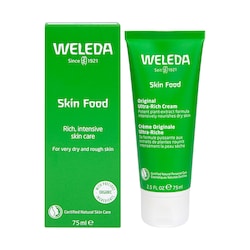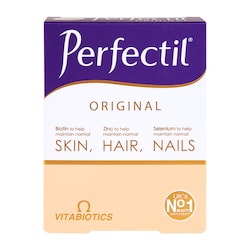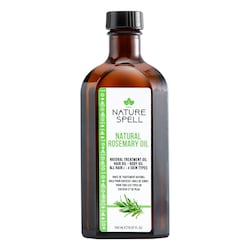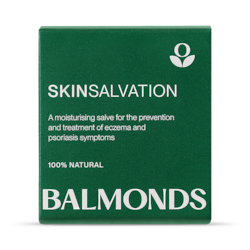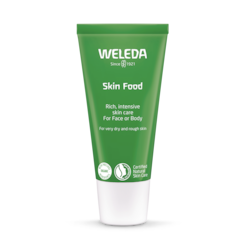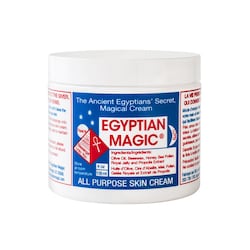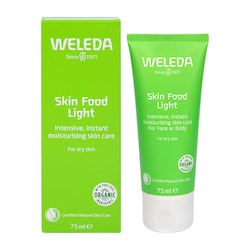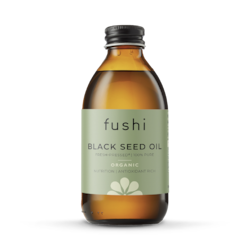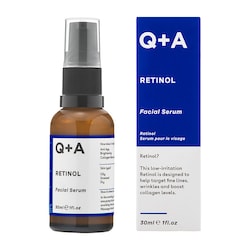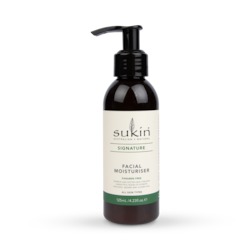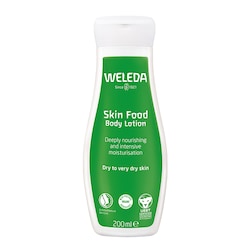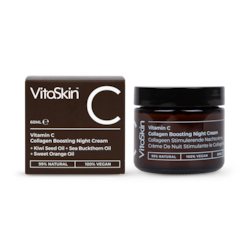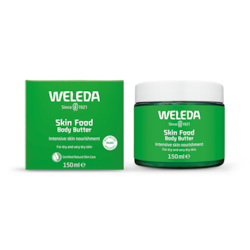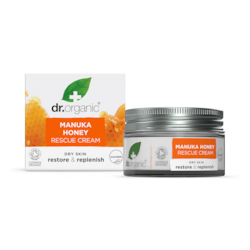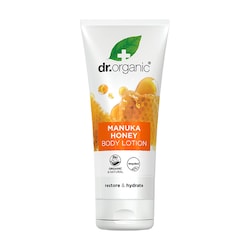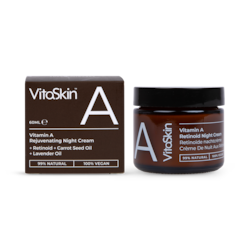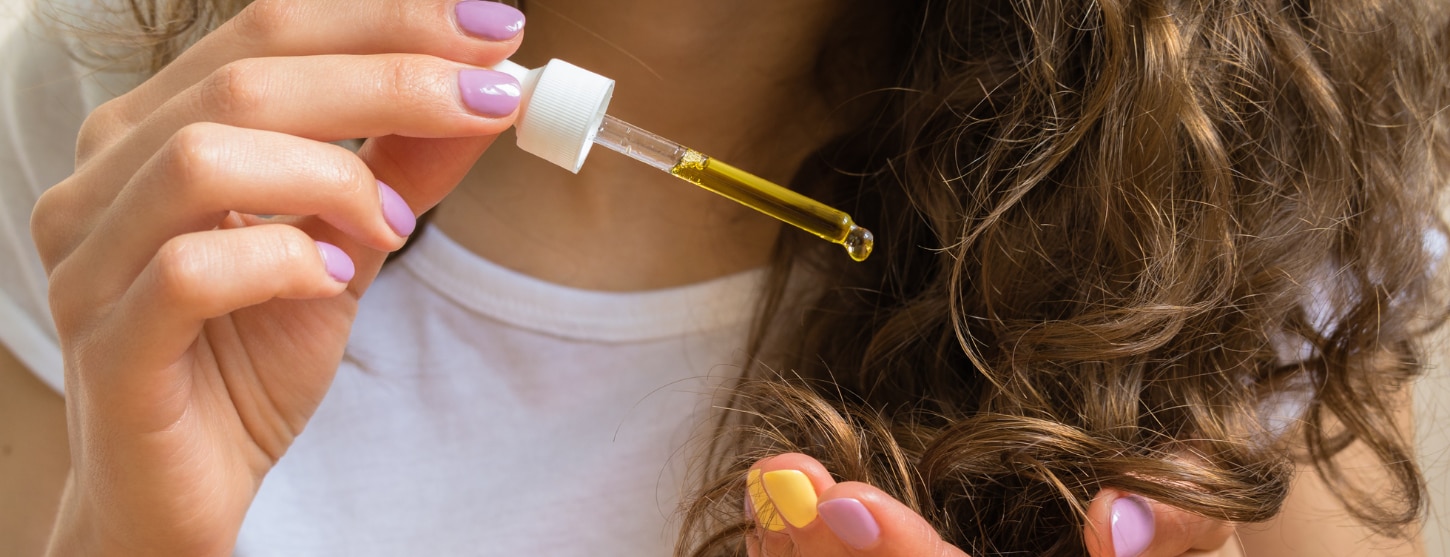15% off £25 OR 20% off £35
Code:DECIDE
15 turmeric benefits for skin
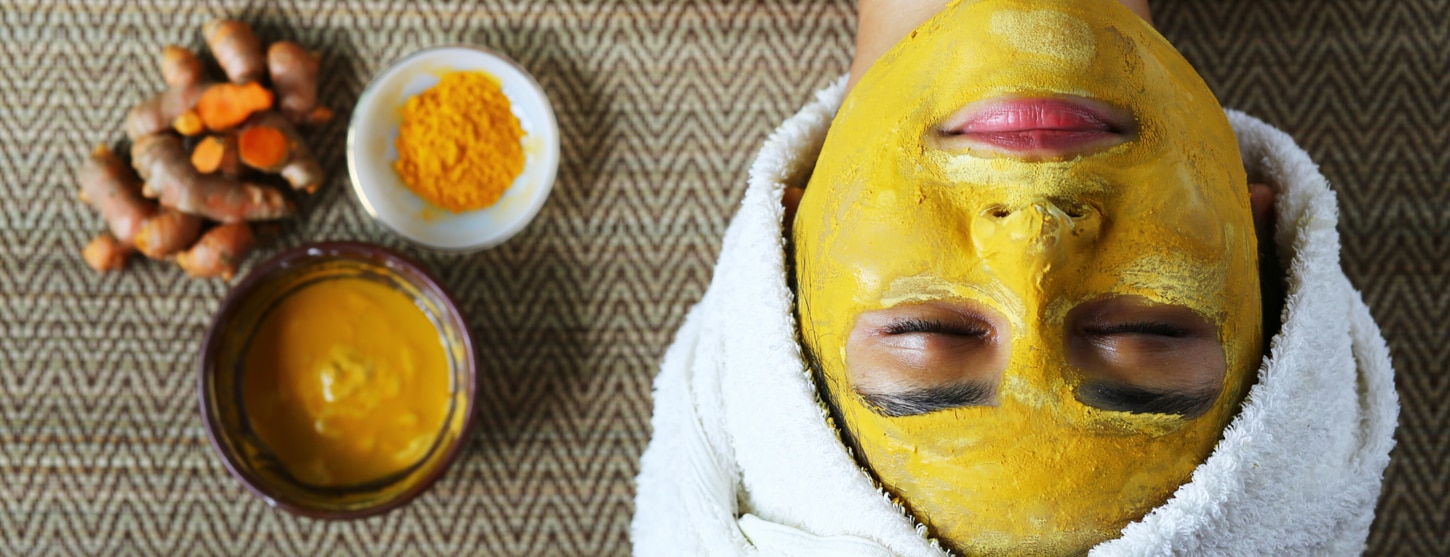
Discover the benefits of turmeric for yourself, with these DIY tricks for beautiful, radiant skin, plus plenty of practical turmeric insight.
Summary
1Quick facts about turmeric
Fancy adding to your knowledge of turmeric? There are lots to know about it, in fact, the more you research it, the more you’ll find, including...
2How to use turmeric for skin
Lock in moisturiser with turmeric and milk If your skin is dry, parched and in need of a boost of moisture, turmeric and milk could help...
3Side effects of using turmeric for the skin
The main side effect of using turmeric on your skin is its skin-staining (well, anything staining) abilities. It’s the ingredient called curcumin...
You’re probably familiar with this spice as a staple curry ingredient, but believe it or not, turmeric has been used in beauty treatments for centuries.
Discover the benefits of turmeric for yourself, with these DIY tricks for beautiful, radiant skin, plus plenty of practical turmeric insight!
What is turmeric?
Renowned for its bright and vibrant yellow colour, turmeric is a spice that comes from the turmeric plant.
Commonly used in Asian food, turmeric is widely used to flavour or colour curry powders, mustards, butters and cheeses.
It’s an ingredient called curcumin that’s naturally present in turmeric that gives it its distinctive colour and enables it to essentially dye dishes and food products, as well as fabric and cosmetics.1
Meanwhile, turmeric root has long been used for medicinal purposes within Indian and Chinese traditional cultures.
In Pakistan, it’s used as gastrointestinal discomfort support and other digestive issues.2
The list of uses for turmeric is as long as its history, it’s quite remarkable how just one spice alone can be put to good use in so many different ways.
Quick facts about turmeric
Fancy adding to your knowledge of turmeric?
There are lots to know about it, in fact, the more you research it, the more you’ll find, including these interesting facts:
- Turmeric is a member of the Zingiberaceae family, which is the same family ginger belongs to – it’s very similar to ginger in lots of ways too
- Turmeric plants grow to be around one metre tall, but they’re mainly grown for what’s underneath the soil – the roots
- Turmeric’s been used in the Himalayas in Ayurvedic medicine for over 5,000 years
- People in the Middle Ages called turmeric ‘Indian saffron’ because it was often used as a less expensive alternative to saffron
- Turmeric paste is a home remedy for sunburn and is an ingredient in many commercial sunscreens India is the world’s largest producer of turmeric powder, as well as the world’s largest consumer

- Turmeric contains more than 300 naturally-occurring components including beta-carotene, ascorbic acid (Vitamin C), calcium, flavonoids, fibre, iron, niacin, potassium, zinc, as well as other nutrients
- In Okinawa, the Japanese island nation with the world’s longest average lifespan, people drink turmeric tea daily. To make your own, boil 4 cups of water, add 1 teaspoon of ground turmeric, allow to simmer for 10 minutes, strain and add ginger and/or honey to taste.3,4,5,6
9 benefits of turmeric for skin
Read on to find out more about the top benefits of turmeric for the skin.7
This is due to the powerful antioxidant and soothing curcumin, which is single-handedly responsible for helping brighten skin overall, improve skin complexion and rejuvenate dull-looking skin.
Because of its soothing and skin lightening properties, turmeric can stimulate circulation, which can help reduce puffiness and under-eye darkness caused by poor circulation.
The anti-inflammatory and soothing and cleansing properties mean turmeric can help relieve skin conditions, such as psoriasis and eczema.
Turmeric has cleansing properties, so can help prevent dirt from spreading. Meanwhile, the soothing properties can help reduce swelling and reduce redness.
Studies have found moisturising cream containing turmeric has the ability to improve the appearance of fine lines and brown spots caused by sun damage.
It works by helping prevent skin from losing elasticity caused by long-term UV exposure.
Cue turmeric’s antioxidative powers again, which have the ability to penetrate and improve the function of skin membrane cells, which helps prevent and treat stretch marks.
Turmeric can deeply hydrate and revitalise skin while alleviating symptoms of dryness.
This is due to the fact it naturally speeds up the process of removing dead skin cells to reveal healthy and soft skin, and protects skin cells from further damage.
Turmeric can help soothe the scalp and rid dandruff.
Try this: once a week, mix a half teaspoon of organic turmeric powder with four tablespoons of organic coconut oil, apply and then leave on dry hair for about 30 minutes. Follow with shampoo and then wash out.
The soothing properties that are present within turmeric are believed to be able to speed up the rate at which spots and blemishes heal, as well as cuts and wounds elsewhere on the body.8
- It makes a great deep cleanser - mix chickpea (or rice) flour with turmeric powder in equal proportions. Add just enough raw milk or plain yogurt to make a paste. Apply evenly to the face and leave on for about 10 to 15 minutes; wash off with warm water.
- You can use it to remove facial hair – combine Kasturi turmeric with chickpea flour. Leave on for 10 to 15 minutes, then wash off in light circular motions.
- And to remove body hair - make a paste of turmeric and sugar and apply it all over the skin. Leave on for a couple of hours and then scrub gently.
- It’s an excellent scalp cleanser - add 1 tablespoon of turmeric to a cup of jojoba, olive or coconut oil. Massage this mixture into your scalp and leave on for 15 minutes, then shampoo as usual.
- You can use it as an exfoliator – to make your own, follow below.9,10

How to make your own exfoliator:
Ingredients:
- 1 to 2 tablespoons oatmeal powder
- ¼ teaspoon turmeric powder
- 1 drop ylang-ylang essential oil (optional)
Instructions
- Mix all ingredients together, then add water little by little, to create a thick paste.
- Apply it to your skin and leave it on for around 5 to 7 minutes.
- Wet your hands and then gently scrub the paste on your skin in a circular motion.
- Wash your face with lukewarm water.
How to use turmeric for skin
1. Lock in moisturiser with turmeric and milk
If your skin is dry, parched and in need of a boost of moisture, turmeric and milk could help.
Simply mix one teaspoon of turmeric with 2 teaspoons of dairy, almond or coconut milk to form a paste and smooth it onto dry skin.
Leave for 10 minutes before rinsing thoroughly with lukewarm water and follow with your usual moisturiser. Do this once or twice a week for softer, more hydrated skin.
2. Make a face mask with turmeric, milk and honey
This soothing mask is thought to plump up your skin, as well as help minimise pores. Combine one teaspoon of turmeric, 2 tablespoons of milk and half a teaspoon of honey.
Take care to apply a thin layer of the mixture to your face and leave it to dry for 20 minutes. To finish, rinse it all off with lukewarm water.
3. Exfoliate your skin with turmeric and chickpea flour
Remove dead skin cells for smoother, brighter skin with a body scrub using chickpea flour, turmeric and a dash of milk.
Combine one tablespoon of chickpea flour and one tablespoon of milk of your choice with one teaspoon of turmeric.
Massage gently into your skin for up to a minute before washing off carefully.
4. Help fight blemishes
Target spots or blemishes with this easy treatment. Mix 1 teaspoon of this golden spice with water and apply to the affected area.
Wash off after 15 minutes to bring turmeric’s antiseptic and anti-inflammatory properties into play.
Side effects of using turmeric for the skin
The main side effect of using turmeric on your skin is its skin-staining (well, anything staining) abilities.
It’s the ingredient called curcumin, that we mentioned at the start of this article, that’s responsible for making this happen.11
So, unless you’d like bright yellow skin, don’t leave it on your skin for excessive periods of time.
And, if it does happen to you, and your skin does look a bit yellowy, then the good news is, it’s not permanent. The staining will fade over time, especially if you gently exfoliate your skin.
Aside from skin staining, there are also the usual side effects, skin sensitivity, allergic reactions, to think about.
Before you use turmeric, do a patch test, just to check your skin’s ok with it and, if it is, then away you go!
How long does it take for turmeric to brighten skin?
According to a study published in Phytomedicine in 2017, turmeric essential oil in a lotion formulation can brighten skin within three weeks, with results that last just as long.
In terms of turmeric’s skin lightening effects, it’s believed to be down to the antioxidants and soothing properties that are present in turmeric.
How can I use turmeric for glowing skin?
You could make your own DIY turmeric lotion.
All you need to do to create it is add a few drops of turmeric essential oil to a cream or oil-based moisturiser, such as argan oil, and then use as you usually would use a moisturiser.12
Can you use turmeric on your face every day?
You can, but remember what we said up above about doing a patch test first. While some people’s skin may be able to tolerate turmeric every day, other people’s may not.
Don’t assume your skin will be ok, make sure you test out turmeric before committing to using it on a regular basis.
Note - don’t apply it neatly, as this will be far too potent. Dilute it down into a carrier oil or a moisturiser first.13
Does turmeric darken skin?
No, turmeric doesn’t darken the skin.
In fact, if anything, it does the opposite – it has brightening qualities.
It can be effective at helping lighten dark spots and, when combined with milk or honey, can significantly help boost skin complexion and give it a glowing shine.14
A final few words…
Turmeric is a mighty spice with an unbelievable range of skin-boosting benefits.

The combination of properties – anti-inflammatory, antioxidant, anti-bacterial and more – make turmeric a real powerhouse of an ingredient when it comes to skincare.
From lightening skin and giving it a glowing sheen, to reducing the appearance of stretch marks and helping fight blemishes, it would appear there’s no end to its abilities. Which form of turmeric skin TLC are you going to try first?
- https://www.rxlist.com/turmeric/supplements.htm
- https://www.ncbi.nlm.nih.gov/books/NBK92752/#:~:text=From%20ancient%20times%2C%20as%20prescribed,bitter%20digestive%20and%20a%20carminative.
- https://www.urbanveda.com/gb/10-facts-about-turmeric/#:~:text=Turmeric%20is%20considered%20to%20be,)%20%E2%80%93%20it's%20also%20fat%20soluble.
- https://mobile-cuisine.com/did-you-know/turmeric-fun-facts/
- https://www.livescience.com/41760-turmeric-supplement-facts.html
- https://thebeautygypsy.com/turmeric-beauty-benefits/
- https://www.besthealthmag.ca/best-looks/skin/turmeric-benefits-for-skin/
- https://www.onegreenplanet.org/natural-health/how-to-help-heal-cuts-and-wounds-with-turmeric/
- https://thebeautygypsy.com/turmeric-beauty-benefits/
- https://www.permaculture.co.uk/readers-solutions/7-benefits-turmeric-skin-4-skincare-recipes
- https://greatist.com/health/turmeric-for-skin#The-long-and-short-of-it-
- https://greatist.com/health/turmeric-for-skin#skin-lightening
- https://www.bebeautiful.in/all-things-skin/products/turmeric-benefits-for-healthy-glowing-skin
- https://www.bebeautiful.in/all-things-skin/products/turmeric-benefits-for-healthy-glowing-skin
The advice in this article is for information only and should not replace medical care. Please check with your GP or healthcare professional before trying any supplements, treatments or remedies. Food supplements must not be used as a substitute for a varied and balanced diet and a healthy lifestyle.
Last updated: 15 March 2022




